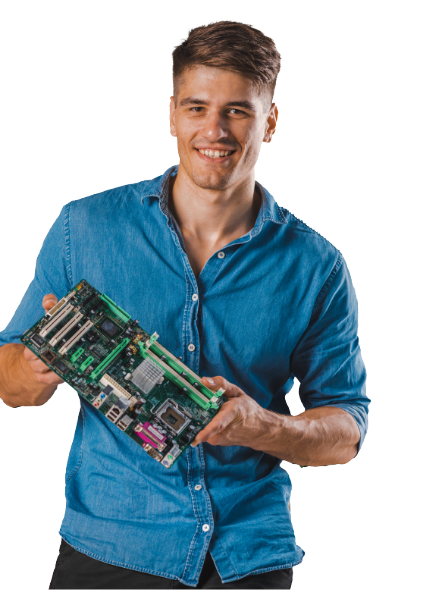Businesses are facing a huge expansion in these years and, as they grow, they need sophisticated and robust networks to support the increased number of users and applications. In this process, networks represent a challenge since most of the small businesses often encounter issues with dropped connections, slack responses, and slow pages loads. To prevent these issues, it is necessary to provide the company secure and high-performing networks to assure the functionality of the business. Networks should be structured for redundancy, security, and performance.
Most of the companies have, at least, one switch in their work environments. The most recent type of switch is Layer 3 one: this hardware device is used in network routing. It has a lot of in common with all the other switch since they can both support routing protocols, oversee incoming packets, and make compelling routing decisions. This device acts as a switch since it connects devices that are on the same IP subnet or a VLAN, but it also acts as a router since it has IP routing intelligence built-in. One of the main differences between the Layer 2 and Layer 3 switches is that Layer 3 switch is less likely to experience network latency since packets do not have to take additional steps through a router.
Layer 3 switch technology has been conceived as a technology to improve network routing performance on local area networks (LANs). The main difference between layer 3 switch and normal routers is represented by the hardware internals. The hardware inside Layer 3 switch replaces some of the routers’ server logic with integrated circuit hardware to offer better performance for local networks. Additionally, Layer 3 switches do not have the virtual local area networks (VLAN) ports that traditional routers possess. These switches are most commonly used to support routing between virtual LANs.
Main benefits of a Layer 3 switch for VLANs:
- Reduction of the amount of broadcast traffic
- Simplified security management
- Improved fault isolation
- Fast and easy use
- Ease of configuration
- Improved performances


